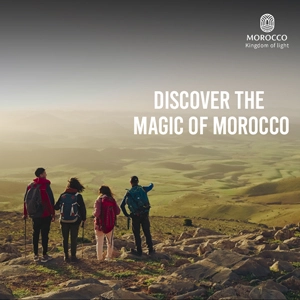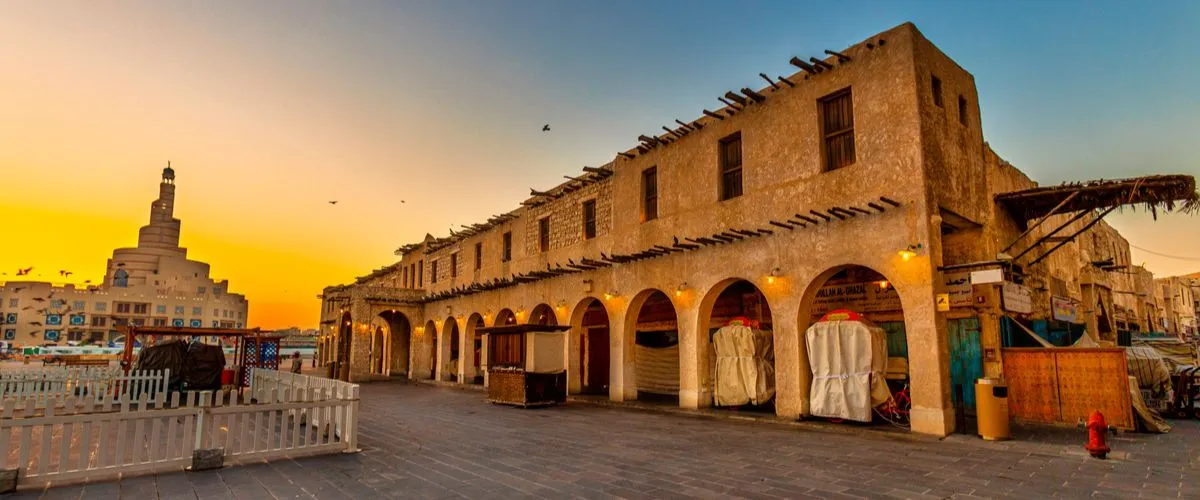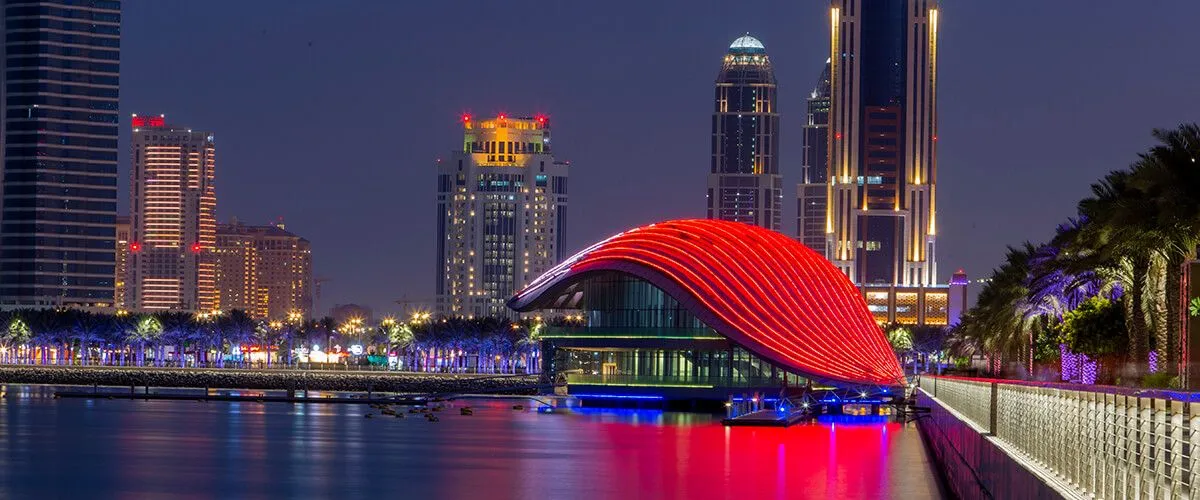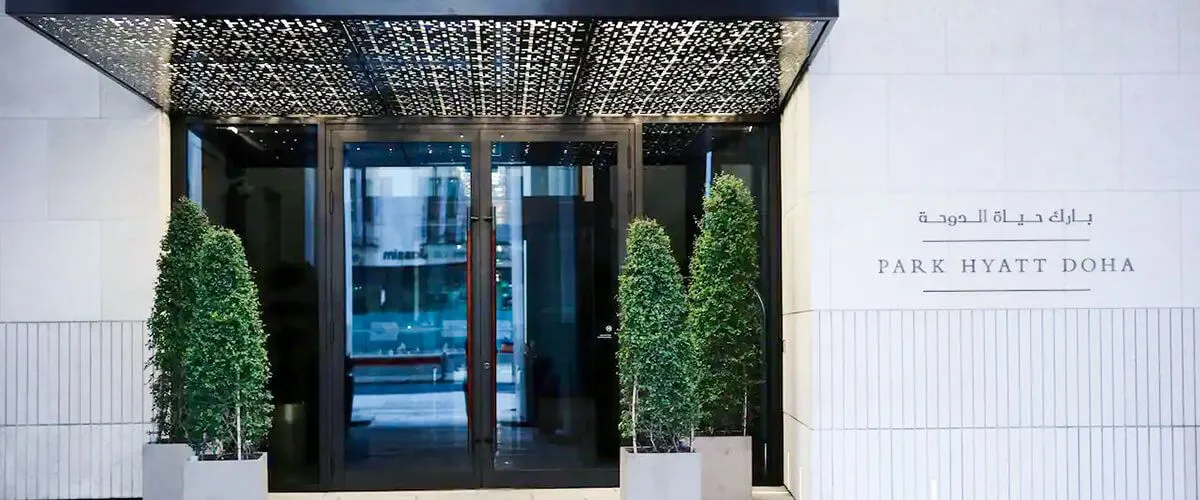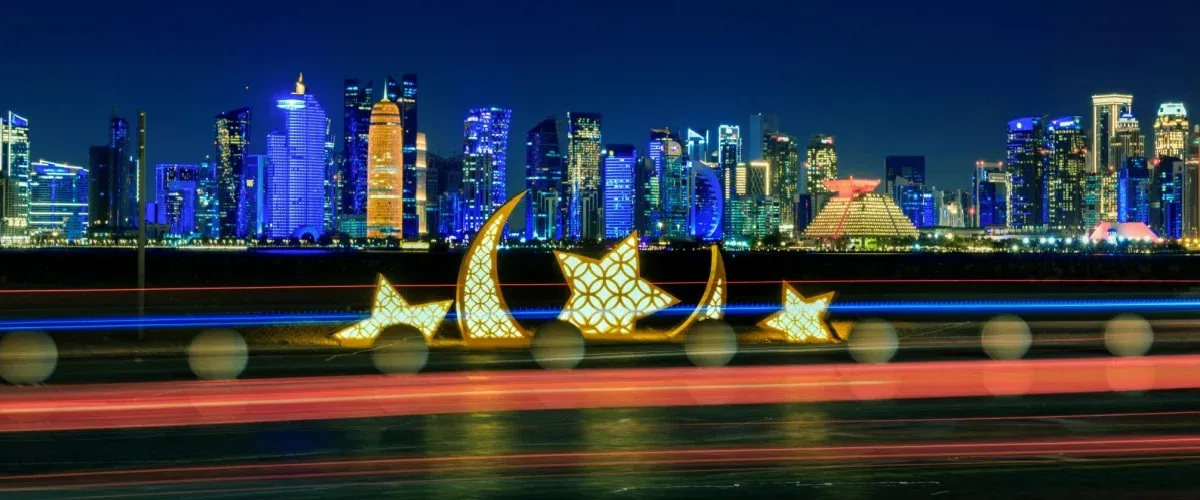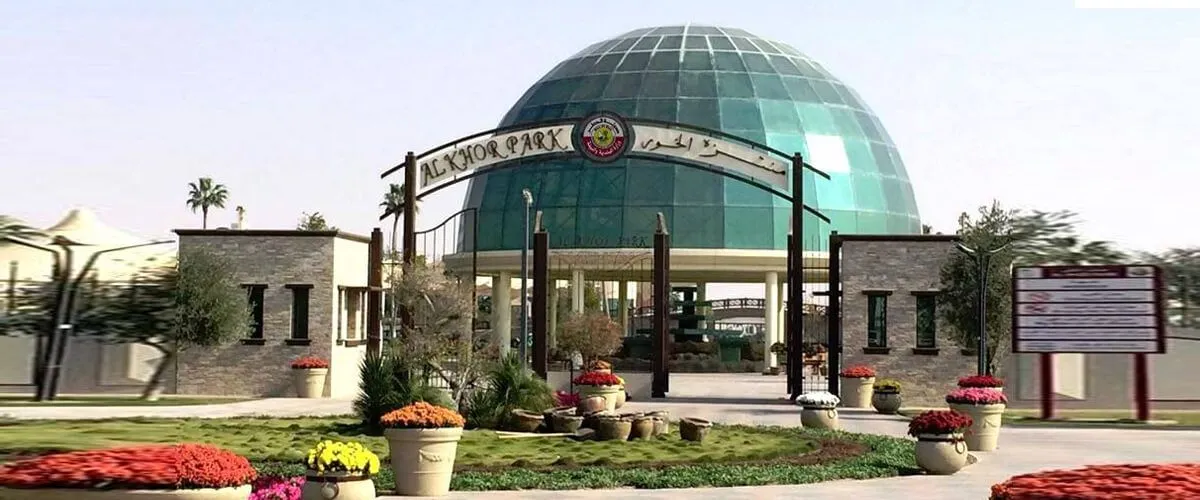Qatar is one of the finest and richest countries in the Middle East. With best-in-class hotels, enriching places to visit, and the primary thing is the rules and regulations. The laws and strictness towards abiding the them is Qatar’s most renowned quality. No wonder Qatar is amongst the safest countries across the globe. The Amiri Diwan Qatar is one such superior power holder of Qatari Government. The Amiri Diwan of the State of Qatar functions as a sovereign body and the administrative office of the Amir. It is the official workplace and office of the Amir of the State of Qatar. So, here is a little guide for you. Learn about all the interesting and fun facts about Amiri Diwan in this blog!
Amiri Diwan: A Link Between Government And His Highness
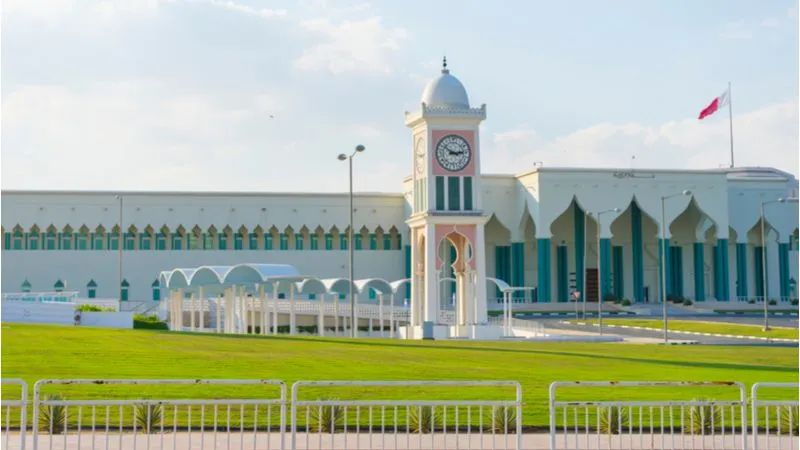
The Amiri Diwan Qatar is the Qatari government's seat of power. It is HH The Amir's sovereign body and administrative agency. Internally and publicly, it serves as a link between His Highness and all governmental and non-governmental entities. It keeps HH The Amir up to date on the most relevant happenings locally and globally, among its many other jobs and obligations. It presents draught laws and other legislative instruments to him for review and approval and gives directions to the appropriate authorities. The State of Qatar's Amiri Diwan Doha is a government in Doha, Qatar, in the Middle East.
The Chief Of Amiri Diwan: His Life Achievements
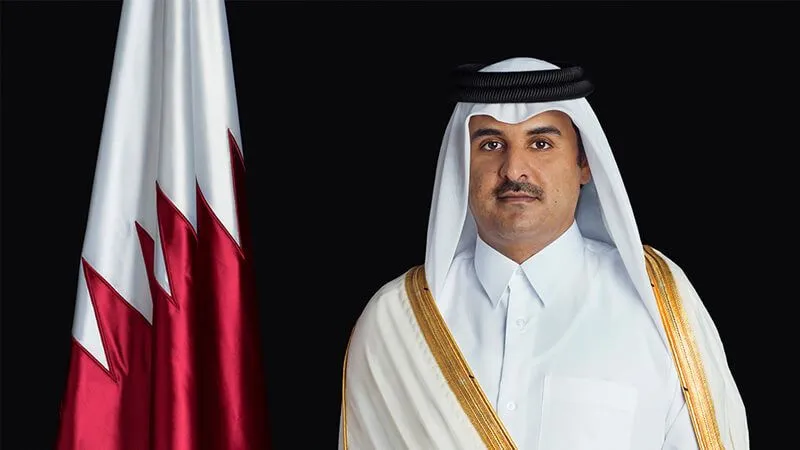
Mr. President, The Amiri Order No. (5) of 2020 named Sheikh Saoud Bin Abdulrahman Al Thani as Chief of the Amiri Diwan of the state of Qatar on October 27, 2020. On February 19, 1970, he was born in Doha, Qatar. In Qatar, he obtained his basic and secondary schooling. He then went to New Mexico State University in the United States, where he received his bachelor's degree in electrical engineering in 1993.
He received a Master's Degree in Sports Management from Lyon University in France in 2003. He received an Honorary Doctorate Degree from Bulgaria's National Sports Academy in 2013. In the years 2019-2020, H.E. Sheikh Saoud was the Assistant to the Chief of the Amiri Diwan.
He joined the Qatar Armed Forces in 1994 and held several military levels until attaining the rank of Major in 2001. (Engineer). After then, he became the Assistant Secretary General of the Qatar Olympic Committee (2001- 2002) Later, from 2002 to 2015, he served as the Secretary General of the Qatar Basketball Federation before becoming President (2011-2016). He was appointed Non-resident Ambassador to the Czech Republic and Ambassador of the State of Qatar to the Federal Republic of Germany (2017-2019).
Suggested Read: Arabic Drinks To Try In Qatar: The Refreshing Essence Of Middle East
Decorations at The Amiri Diwan
- Al Wajbah Decoration
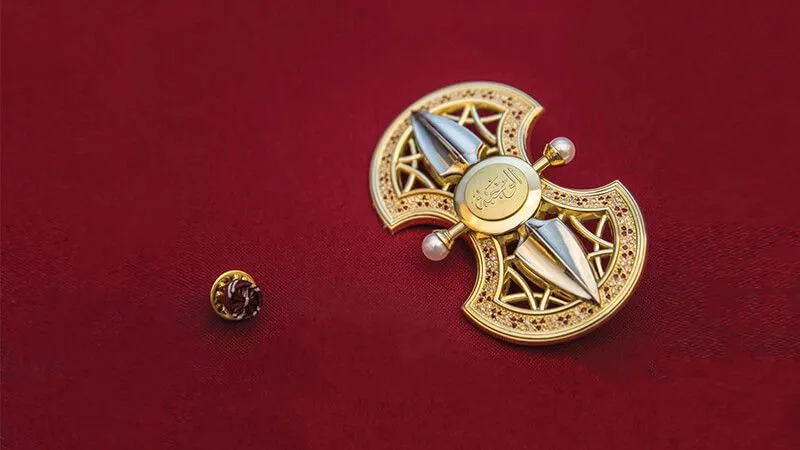
Foreign ambassadors accredited to the State (on the basis of reciprocity), deputy ministers, undersecretaries, and ambassadors receive the Al Wajbah Decoration. Others may be given it in honor of their significant contributions to the state of mankind. It is designed and shaped like a Qatari spearhead standing erect against a geometrical architecture background. On each side, there are two pearl beads. The inscription "Al Wajaba" is written in Arabic Thuluth calligraphy on the center circle. It's composed of 18-karat yellow and white gold and set with 184 diamond and sapphire stones that reflect the colors of the one of the national symbols of Qatar, Qatari flag.
- Founder’s Sword
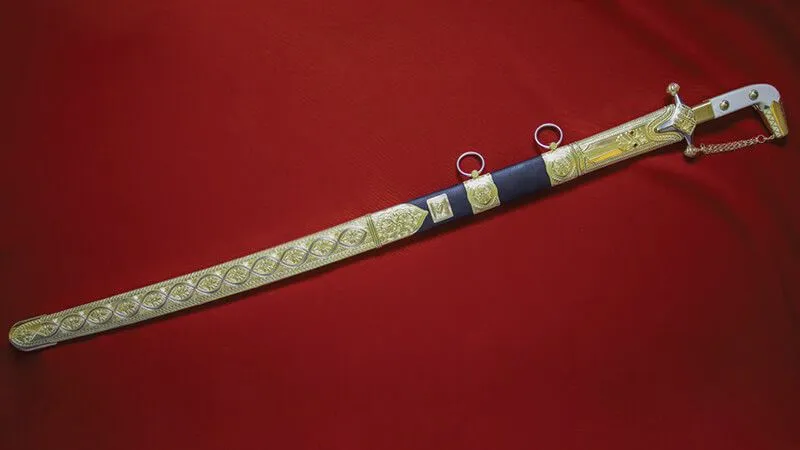
Sheikh Jassim bin Mohammed bin Thani's Founder's Sword is the highest level of ornamentation. The Amiri Diwan Qatar of the State carries it and bestows it on monarchs, princes, and heads of state (both incumbent and former) and represents the culture of Qatar. It may be awarded to others in honor of outstanding or exceptional service to the state of mankind. The Sword of the Founder of the State of Qatar, Sheikh Jassim bin Mohammed bin Thani, has been replicated as nearly as possible to the original descriptions of component components of the Sword of the Founder of the State of Qatar, Sheikh Jassim bin Mohammed bin Thani (1827- 1913). 18 carat yellow gold is used for the sword scabbard and ornamentation. A hallmark may be seen at the sword's base. The sword's grips are made of camel bone. The scabbard's initial part is manually chased and set with Tourmaline and Garnet stones.
- Sash of Hamad Bin Khalifa
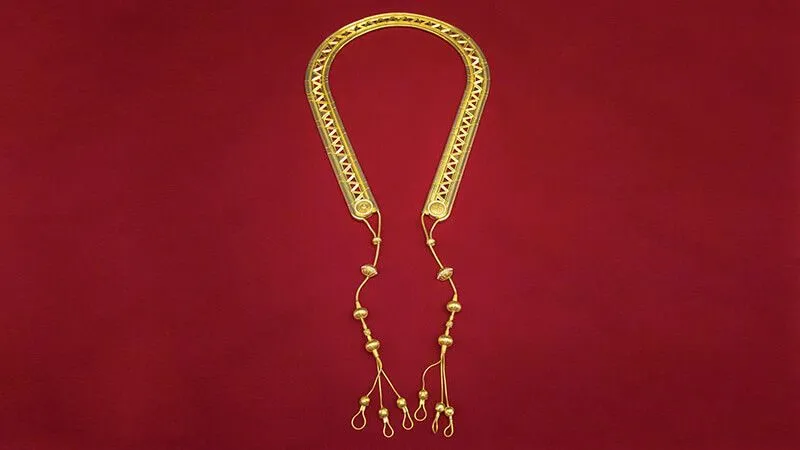
Crown princes, deputy heads of state, prime ministers, speakers of parliamentary bodies, trusteeship council members, deputy prime ministers, ministers, and individuals of equivalent status get this honor. Others may be given it in honor of their significant contributions to the State or humankind. It's composed of 18 carat yellow gold and is made up of two circles with studded edges of the diamond. On one circle, the State of Qatar's symbol is etched, while the other has the Arabic Thuluth calligraphy inscription "Hamad bin Khalifa." It comes with a clip that is embellished with pearl beads. The needlework is inspired by traditional Qatari cloak (Bishit) embroidery.
Suggested Read: Places To Visit In Qatar For The Stunning Skylines And Attractions
The History Of Amiri Diwan
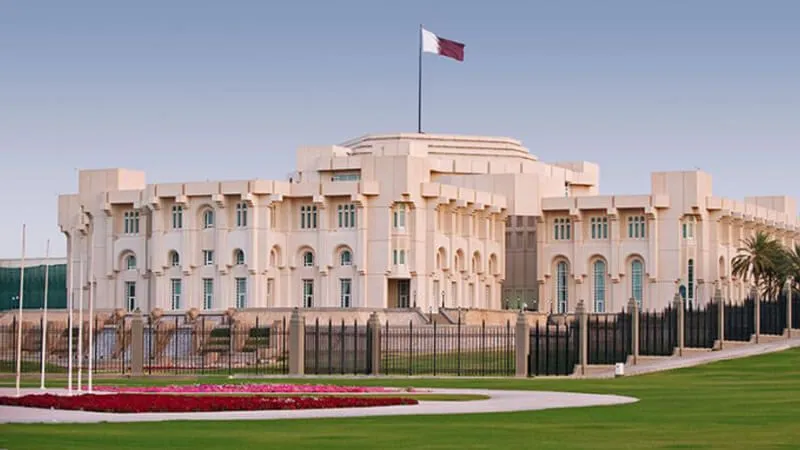
The Amiri Diwan was formerly known as Al Bidda Fort, which was a stronghold erected in the 18th century and defended with watchtowers.
The Fortress was known as the military Fort (Qal'at Al-Askar) during the Ottoman occupation (1871-1915). After the Ottomans left, Sheikh Abdullah bin Jassim, the then-ruler of Qatar, rebuilt the fort, which was eventually called both the Doha Palace and the Fort of the Sheikhs (Qal'at Al-Shouyoukh). The title of the Ruler of the State of Qatar was changed to Amir in 1971, following the termination of the Anglo-Qatari Treaty of 1916, and the Fort was renamed the Amiri Diwan.
In the early 1980s, a new facility for the Amiri Diwan was constructed close to the old palace, and administrative functions were moved there in 1989. In addition to HH The Amir's office, the Amiri Diwan also contains HH The Crown Prince's office. HE The Prime Minister's office, as well as the Deputy Amir's office.
Suggested Read: Al Bidda Park For Its Manicured Lawns And View Of The Diwan
Amiri Diwan: The Vision For Qatar, 2030
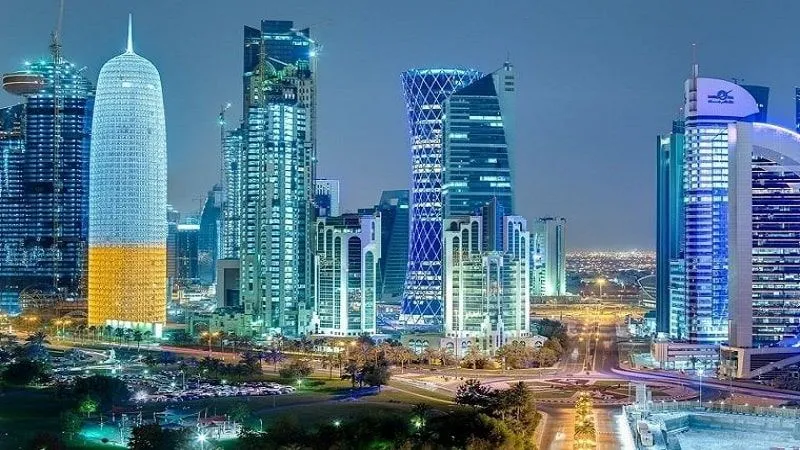
The Qatar National Vision 2030 is the State of Qatar's comprehensive development vision, which was approved in accordance with Amiri Decision No. 44 of 2008, since comprehensive development is the primary goal for achieving growth and prosperity for residents. Qatar Vision 2030 seeks to convert Qatar into an advanced society capable of achieving sustainable development and ensuring a high quality of life for future generations.
The Vision of Amiri Diwan is primarily concerned with the outcomes as a goal, rather than the means. It establishes a broad framework within which national policies and implementation plans may be developed. The National Vision establishes the features of the future by identifying the five problems listed below:
- Traditions are preserved while modernization takes place.
- The current generation's requirements, as well as the needs of future generations.
- Targeted growth versus unchecked expansion
- The development track, the quantity, and the quality of the intended expatriate labour force
- Economic development, social development, and environmental management are all priorities.
The following guiding concepts are included in the Vision:
- Safeguard both public and personal liberties.
- Keep moral and religious ideals and traditions safe.
- Ensure safety, stability, and equality of opportunity.
The National Vision envisions growth based on four interrelated pillars. The first is human development, which is the development of the Qatari people to enable them to promote a prosperous society. The second is social development, which is the development of a safe, just society founded on high moral standards and social capable of interacting with different societies and playing a significant role in global development partnerships. The third is economic development, which is the development of a prosperous society. The fourth and last one is Environmental Development, which is defined as environmental management that is harmonious and balanced in terms of economic, social, and environmental protection.
System Of Government: Separation Of Power And Its Collaboration
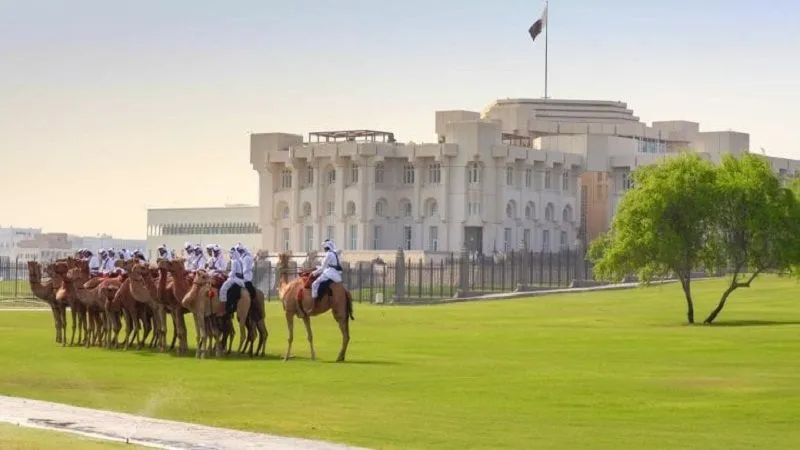
The Amir is the head of state and the supreme power who has the authority over the laws and constitution of the country. His person must be inviolable and respected; he is the Commander-in-Chief of the armed forces and represents the State internally and externally, as well as in all foreign affairs. The country's government structure is founded on the concept of separation of powers and their collaboration, with the Amir assuming executive authority and being aided by a Council of Ministers as stipulated by the Constitution.
Inclusions in Council of Ministers
The executive authority of the State of Qatar is comprised of the Council of Ministers, ministries, governmental authorities, institutions, and a variety of other government organizations. The Advisory (Shura) Council is the legislative body. According to the Constitution, judicial authority should be vested in courts of law.
In order to promote unity and synergy between government organs, the Prime Minister presides over the meetings of the Council of Ministers, shall administer its discussions and oversee the coordination of work between various Ministries. On a proposal from the Prime Minister, the ministries shall be formed by an Amiri order. Ministers and ministerial competencies, as well as other bodies, bodies and institutions of government, should be determined by law.
As the ultimate executive body, the Council of Ministers shall be responsible for all internal and external matters within its jurisdiction as laid out in the Constitution and in accordance with the requirements of the Law. Ministries, other government organizations, bodies and institutions are in charge of implementing public policies and initiatives.
Key facts and Information about Qatar and Amiri Diwan
Qatar is an epic of dignity and glory also termed as the land of the forefathers. There are certain national manifestations that are kept above everything and given utmost respect and honor along with being an integral part of Amiri Diwan. Let's read about the national honors that were highly influenced by the Amir of the time when these symbols originated.
National Flag
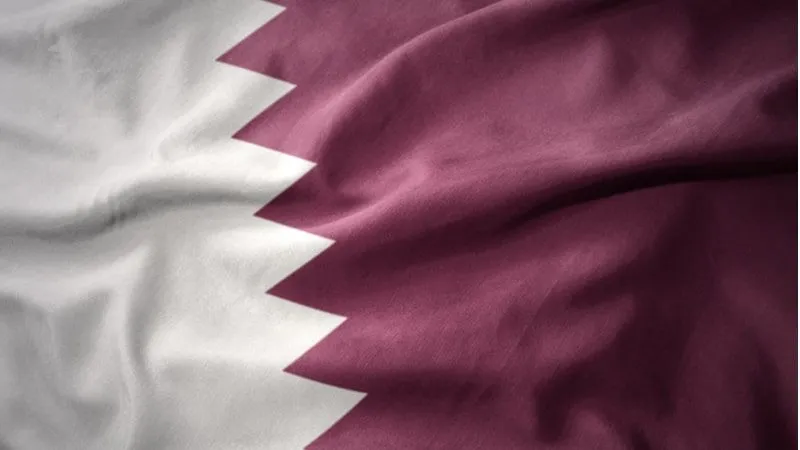
National Flag of Qatar comprises two colors ‘Al Adam’ (maroon) with a broad white serrated band (nine white points or isosceles triangles). Earlier the Qatari Burda was red colored and has coarse texture comprising illuminated Flag. In April 1932, during Sheikh Mohammed bin Thani was the first to adopt maroon-red as the color of Qatar’s flag in 1851.
During the rule of Sheikh Abdullah bin Jassim Al Thani, there were 0 points separated by diamond Qatar’s flag had nine points separated by diamond-shaped rhombus with “Qatar in the Middle”
The flag took its present shape in 1960 during the era of Sheikh Ali bin Abdullah Al Thani, the ruler of Qatar at the time. And the Law No. (14) of 2012 was issued, stating that the flag must be respected and treated with dignity as a symbol of the State, and must not be subjected to disrespect in any way.
Coat of Arms of the State of Qatar
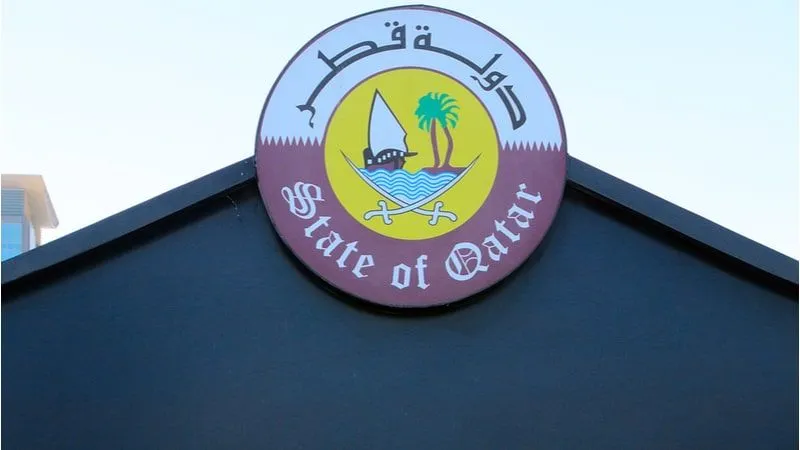
Plenty of meanings and values can be interpreted that are related to various cultural and geographical relevance. The most common interpretation is its harmonious unison between wild and marine. Plam trees are an integral part of Qatar’s geographical landscape. Thus, the height of palm trees represents a sense of giving and the Arab mightiest swords represents dignity and security.
National Day
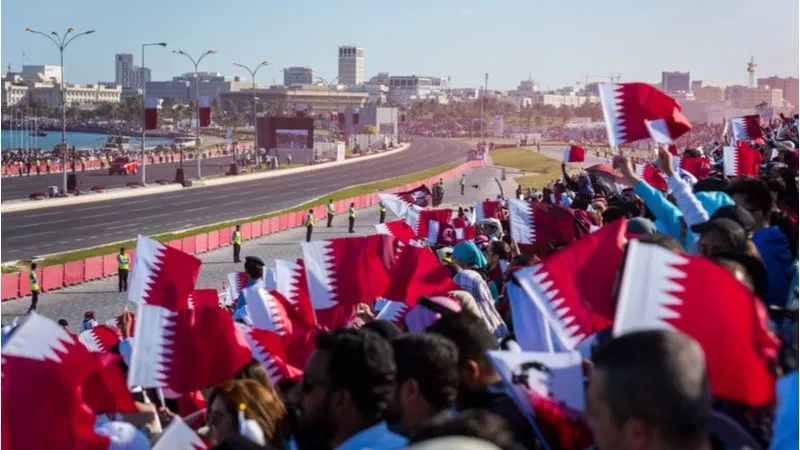
National Day of Qatar is celebrated every year on 18th December to remember the founding day of modern state of Qatar in 1878 by the late Sheikh Jassim bin Mohammed bin Thani. Also known as Founder's Day, it is celebrated with great pomp and show. You can witness Fireworks shows, including music shows and lights shows. A general public parade can be seen through the Doha Corniche and apart from that the officials from the Armed forces, ISF, Ministry of Interior, and Amiri Guard also partake in the parade.
National Sport Day
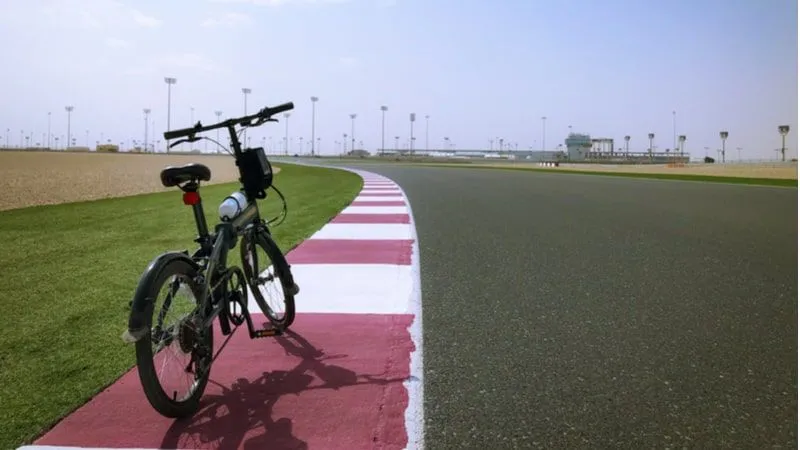
The first ever national sports day was organized in 2012, on the order of HH Sheikh Tamim bin Hamad Al Thani, the Deputy Emir. A decree was issued stating that the second Tuesday of February will be marked as a day of celebration. National sports day holds the objective of promoting healthy lifestyle and encouraging physical exercise. The national sports day and QNV 2030 both aim towards helping society to develop and raise the standards of living.
Qatar is a country with a high-end economy and is a place of scenic beauty. When you speak of this country there are also certain rules, that everyone has to follow. Amiri Diwan is one such body that is a government’s seat of power in Qatar. It is also an attraction Qatar, and if you are a political buff, you should definitely learn more about this nation.
So, what are you waiting for then? Book your plane tickets to Qatar today!!!
Amiri Diwan - FAQs
The Amiri Diwan is the Qatari government's seat of power. It is HH The Amir's sovereign body and administrative agency. Internally and publicly, it serves as a link between His Highness and all governmental and non-governmental entities. It keeps HH The Amir up to date on the most relevant happenings locally and globally, among its many other jobs and obligations.
The Decorations at the Amiri Diwan are: -
- Founder’s Sword - Sheikh Jassim bin Mohammed bin Thani's Founder's Sword is the highest level of ornamentation.
- Al Wajbah Decoration - Foreign ambassadors accredited to the State (on the basis of reciprocity), deputy ministers, undersecretaries, and ambassadors receive the Al Wajbah Decoration.
- Sash of Hamad Bin Khalifa - Crown princes, deputy heads of state, prime ministers, speakers of parliamentary bodies, trusteeship council members, deputy prime ministers, ministers, and individuals of equivalent status get this honor.
After the Ottomans left, Sheikh Abdullah bin Jassim, the then-ruler of Qatar, rebuilt the fort, which was eventually called both the Doha Palace and the Fort of the Sheikhs (Qal'at Al-Shouyoukh). The title of the Ruler of the State of Qatar was changed to Amir in 1971, following the termination of the Anglo-Qatari Treaty of 1916, and the Fort was renamed the Amiri Diwan.
Sheikh Saoud Bin Abdulrahman Al Thani was honored as Chief of the Amiri Diwan on October 27, 2020. On February 19, 1970, he was born in Doha, Qatar. In Qatar, he obtained his basic and secondary schooling. He then went to New Mexico State University in the United States, where he received his bachelor's degree in electrical engineering in 1993.
Amiri Diwan represents draught laws and other legislative instruments to him for review and approval and gives directions to the appropriate authorities. The State of Qatar's Amiri Diwan is a government in Doha, Qatar, in the Middle East.
Qatar is a country with lots of tourist attractions and scenic beauty. Here is a list of Qatar’s top places to visit: -
- Museum Of Illusions
- Museum Of Islamic Arts
- Doha Corniche
- The Pearl Qatar
- Katara Beach
- Banana Island
- Al Thakira Natural Reserve
- Doha Festival City
The months from November to February are best suited for traveling to Qatar. These months are also considered as the peak season months as the weather is moderate and the temperature is mild. You can visit all the places without being too exhausted by the sun.
Hamad International Airport is the main airport in Qatar. It has recently unveiled a new artwork of Falcon as well. The airport has turned out to be one of the tourist attractions of Qatar. It is also the busiest and the only international airport in the country.

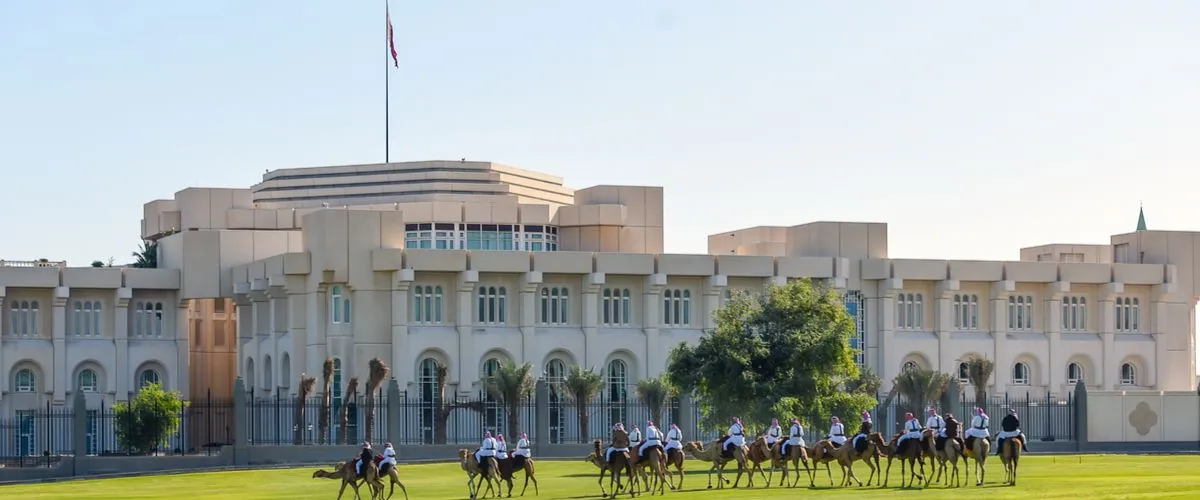
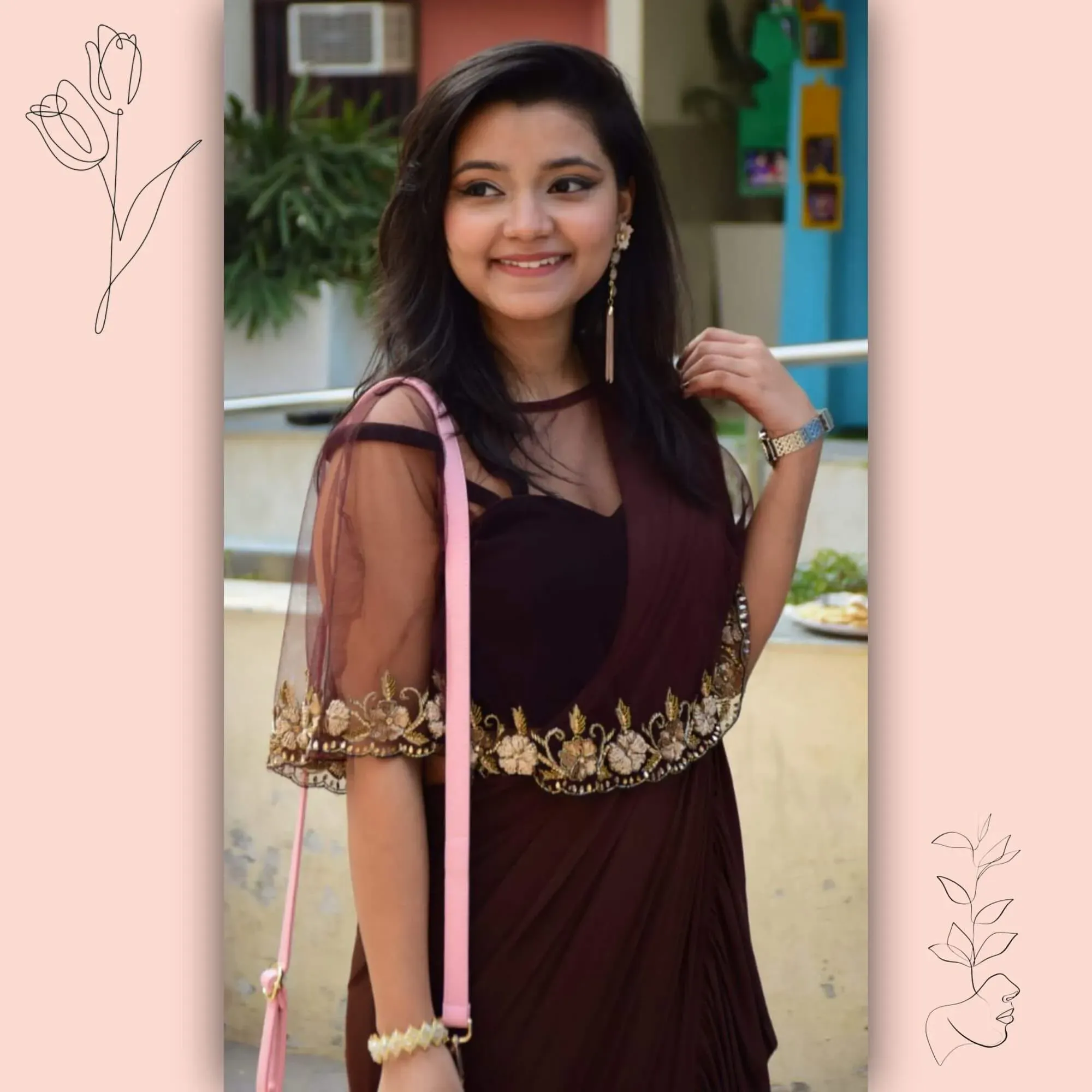

.webp)
.webp)
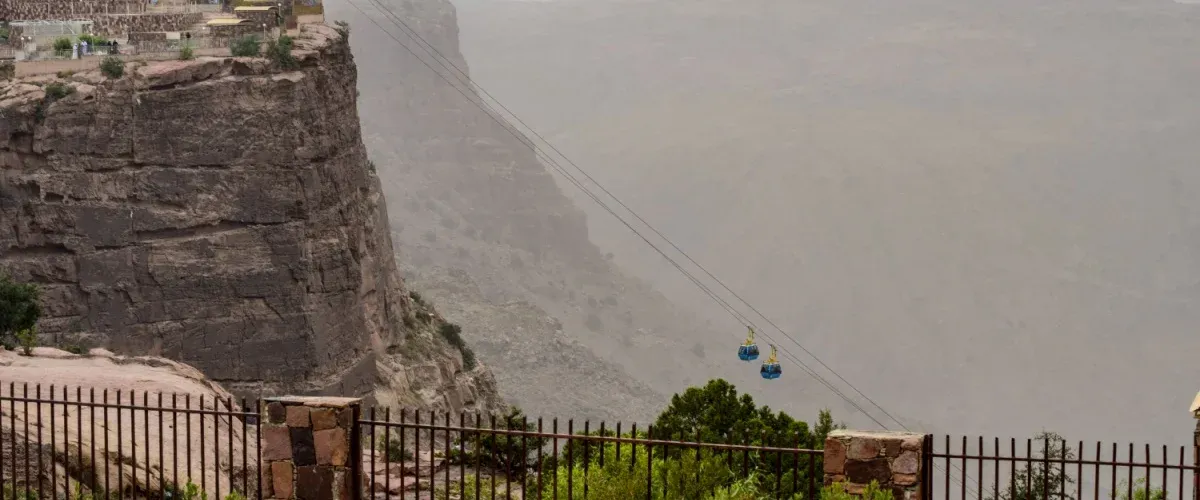
.webp)

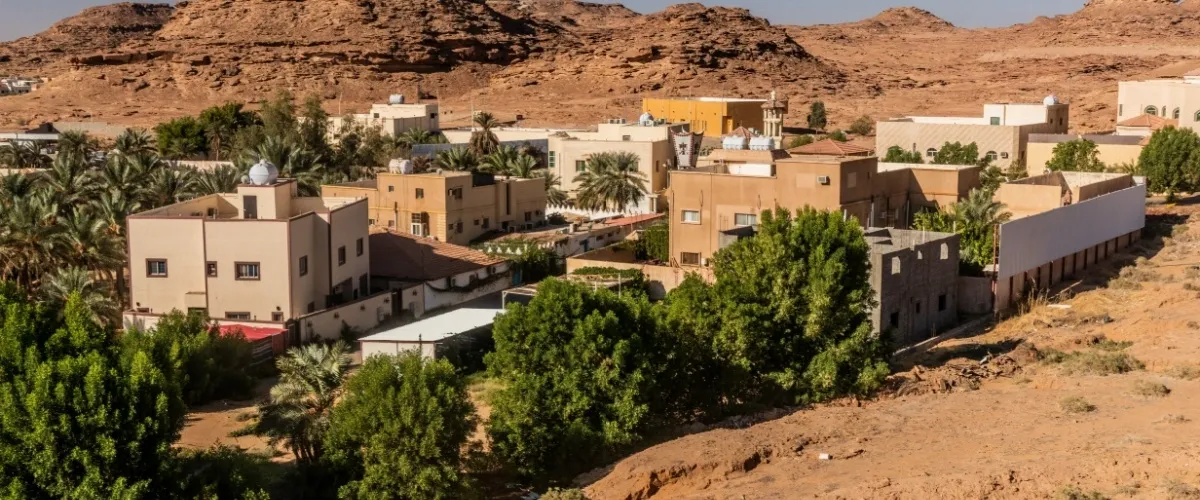
.webp)
.webp)
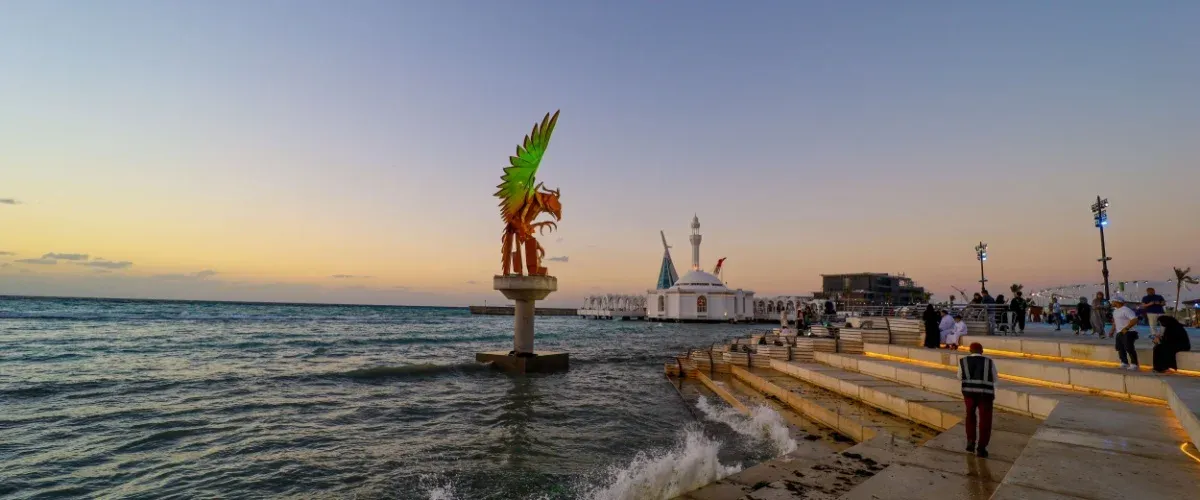
.webp)
